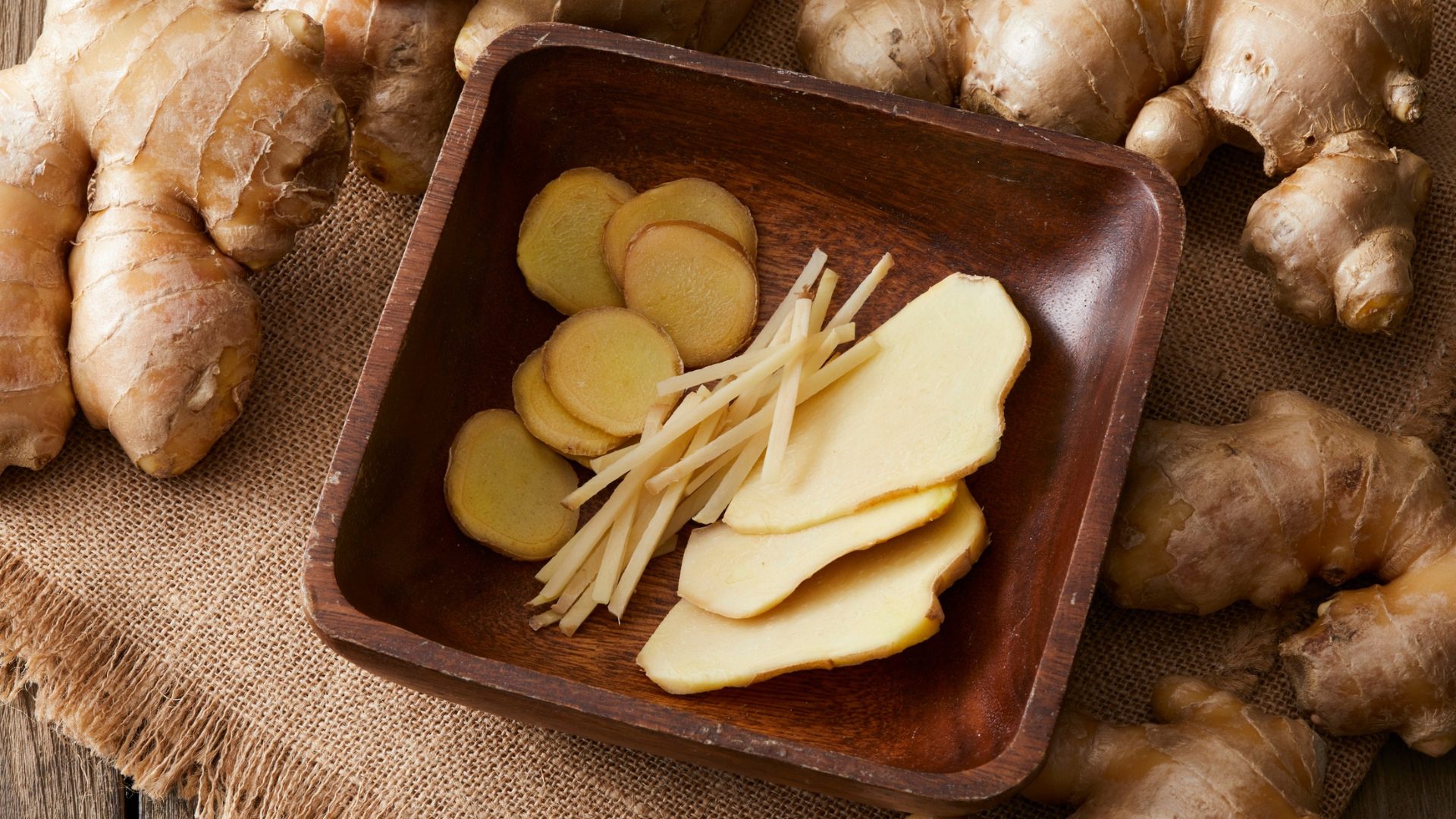
From soothing a sore throat to calming nausea, ginger has been a trusted household remedy for centuries. But in recent years, the spotlight has shifted to an even bolder claim: ginger might work as a natural painkiller. Could this humble root truly replace the pills in your medicine cabinet—or is that just wishful thinking? Let’s uncover the truth.
Table of Contents
A Brief History of Ginger
Ginger (Zingiber officinale) has been a staple in Asian, Middle Eastern, and Indian medicine for thousands of years. In Ayurveda, it’s known as the “universal medicine”, prescribed for digestion, inflammation, and respiratory conditions. Ancient Chinese healers used ginger to balance “chi” and restore energy flow in the body. Over time, modern science has started catching up with these traditional uses.
What Makes Ginger a Natural Healer?
The secret lies in its bioactive compounds, especially gingerols and shogaols, which have powerful anti-inflammatory and antioxidant properties. These compounds affect pain pathways in the body, working somewhat like nonsteroidal anti-inflammatory drugs (NSAIDs).
Ginger’s Pain-Relieving Benefits
1. Reduces Muscle Pain & Soreness
Studies show that consuming ginger daily can reduce exercise-induced muscle soreness, thanks to its anti-inflammatory effects. While it doesn’t provide instant relief like ibuprofen, it helps with long-term recovery.
2. Eases Arthritis Symptoms
Ginger extract has been found to reduce joint pain and stiffness in people with osteoarthritis and rheumatoid arthritis, making it a natural option for managing chronic pain.
3. Relieves Menstrual Pain
Multiple studies suggest ginger is as effective as ibuprofen in reducing menstrual cramps when taken in the first few days of the cycle.
4. Supports Migraine Relief
Some evidence suggests ginger may ease migraine symptoms by reducing inflammation in blood vessels and acting on serotonin receptors.
5. Aids in Digestive Discomfort
While not directly a painkiller, ginger’s ability to ease bloating, nausea, and stomach cramps can significantly reduce abdominal discomfort.
The Science: How Ginger Works Like Painkillers
Painkillers like ibuprofen work by blocking COX-2 enzymes that trigger inflammation and pain. Gingerols and shogaols act in a similar way—reducing inflammatory chemicals in the body. The difference? Ginger works more gently, without the harsh side effects associated with long-term NSAID use (such as ulcers or kidney issues).
The Limitations of Ginger
While ginger is powerful, it’s not a complete replacement for modern painkillers.
-
Slower Action – Ginger offers gradual relief, not the instant results of pills.
-
Mild to Moderate Pain – It works best for chronic, low-to-moderate pain rather than severe pain.
-
Dosage Matters – Most studies use concentrated ginger extract, not just a sprinkle in your tea.
-
Possible Side Effects – Overuse may cause heartburn, diarrhea, or interact with blood-thinning medications.
How to Use Ginger for Pain Relief
-
Fresh Ginger Tea – Steep slices in hot water for soothing relief.
-
Ginger Powder – Mix in warm water, milk, or smoothies.
-
Ginger Capsules/Extract – Standardized supplements provide therapeutic levels.
-
Topical Ginger Oil – Massage sore muscles or joints for local relief.
👉 Recommended daily dose: 2–4 grams of fresh ginger or 250–500 mg of standardized extract.
Can Ginger Replace Your Painkillers?
For mild pain like menstrual cramps, joint stiffness, or sore muscles—YES, ginger can be a natural and effective alternative.
For severe pain like post-surgical pain or serious injuries—NO, ginger cannot fully replace medical painkillers.
Ginger is not just a spice—it’s a natural medicine chest. While it may not completely replace painkillers in every situation, it can reduce your dependence on them, especially for chronic inflammation, arthritis, or menstrual pain. Think of ginger as a gentle but consistent ally for long-term health, without the harmful side effects of overusing pharmaceuticals.
So next time you reach for a pill, consider reaching for a cup of ginger tea instead. Nature might have already given us one of the best pain relievers in disguise.


